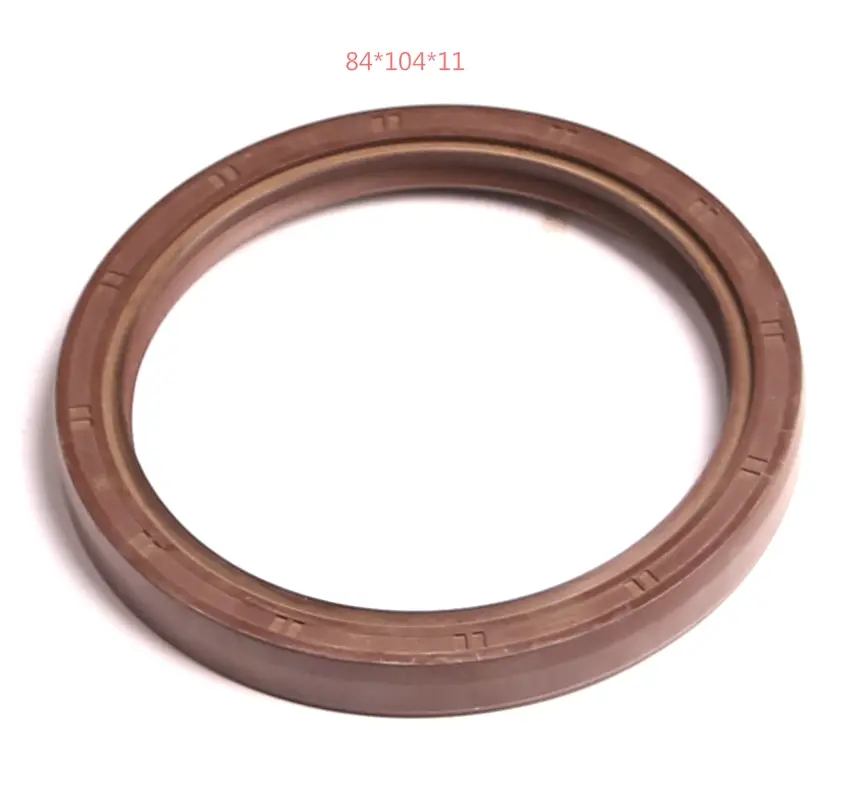7 月 . 28, 2024 09:18 Back to list
High-Quality Rubber Flange Gasket Solutions for Optimal Sealing in Industrial Applications
Understanding Rubber Flange Gaskets Importance and Applications
Rubber flange gaskets are essential components in various industries, providing efficient sealing solutions for flanged joints in pipes, fittings, and machinery. These gaskets are crafted from durable rubber materials, enabling them to accommodate a wide range of environmental conditions, pressures, and temperatures. In this article, we will explore the significance of rubber flange gaskets, their types, applications, and the factors to consider when selecting the right gasket for your needs.
What are Rubber Flange Gaskets?
At its core, a rubber flange gasket is a mechanical seal located between two flanged surfaces to prevent leakage of fluids or gases. They act as a buffer to absorb vibrations and misalignments, ensuring a tight seal that can withstand both internal pressures and external forces. The main types of rubber used in these gaskets include neoprene, EPDM (ethylene propylene diene monomer), and Nitrile (Buna-N), each providing unique properties suited for specific applications.
Types of Rubber Flange Gaskets
1. Neoprene Gaskets Known for their excellent resistance to oil, weather, and ozone, neoprene gaskets are widely used in applications involving exposure to harsh chemicals and fluctuating temperatures.
2. EPDM Gaskets These gaskets are particularly suited for outdoor applications due to their impressive resistance to ultraviolet light and extreme weather conditions. They also handle steam and hot water well, making them ideal for HVAC systems.
3. Nitrile Gaskets Nitrile rubber is preferred where oil and fuel resistance is critical. These gaskets are commonly found in automotive and industrial applications due to their durability and resilience.
Importance of Rubber Flange Gaskets
rubber flange gasket

The importance of rubber flange gaskets in various systems cannot be overstated. They help in maintaining system integrity by preventing leaks that can lead to operational disruptions and safety hazards. For instance, in oil and gas pipelines, leaks can result in significant environmental damage and loss of product. Rubber gaskets ensure that materials stay contained and that operations run smoothly.
Additionally, rubber gaskets play a crucial role in energy efficiency. By preventing leaks, they help maintain the desired temperature and pressure within systems, leading to reduced energy consumption. This is particularly important in heating, ventilation, and air conditioning (HVAC) systems, where efficiency can result in considerable cost savings.
Applications of Rubber Flange Gaskets
Rubber flange gaskets are utilized across various sectors, including
- Oil and Gas Ensuring leak-proof joints in pipelines and storage tanks. - Manufacturing Sealing flanged connections in machinery and equipment. - Construction Used in plumbing and HVAC systems to maintain system integrity. - Automotive Present in engines and fuel systems to prevent fluid loss. Selection Considerations
When selecting a rubber flange gasket, several factors should be considered
1. Material Compatibility Ensure the gasket material is suitable for the fluids or gases it will contact. 2. Temperature and Pressure Ratings Understand the operating conditions to choose a gasket that can withstand them effectively. 3. Size and Thickness Gaskets must match the dimensions of the flanged surfaces for an effective seal. 4. Environmental Conditions Consider factors like UV exposure, ozone, and weather to determine the appropriate material.
In conclusion, rubber flange gaskets are vital in ensuring the integrity and efficiency of various systems. By understanding the types, applications, and selection criteria, industries can ensure they are using the best gaskets for their specific needs, leading to enhanced safety and performance in their operations. Whether in construction, manufacturing, or automotive applications, investing in high-quality rubber flange gaskets is essential for sustainable and reliable operations.